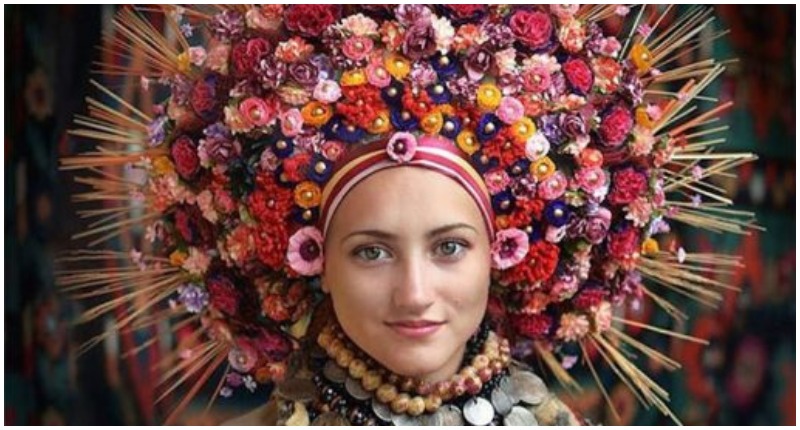Ukraine has witnessed a surge in reviving what is believed to represent their ancient culture, which dates to pre-Christian times. This revival found its way into art and fashion, where it is probably most visible. However, the Ukrainians are not exclusively enjoying the expression of their national identity — the global fashion world is enthralled by some of the pieces they have brought to the table.
The Slavic workshop Treti Pivni (translated as Third Rooster) has done a remarkable photo series with women and children in traditional Ukrainian headdresses. The team is made of photographers, stylists, and makeup artists who have fallen in love with this beautiful decorative tradition.
As reported by Vogue, “This wave of supporting homegrown designers and local production has contributed to a revival of Ukrainian folk staples, most noticeably the much-blogged-about vyshyvanka and zhupan, courtesy of contemporary Kiev-based designers like Vita Kin and Yuliya Magdych.”
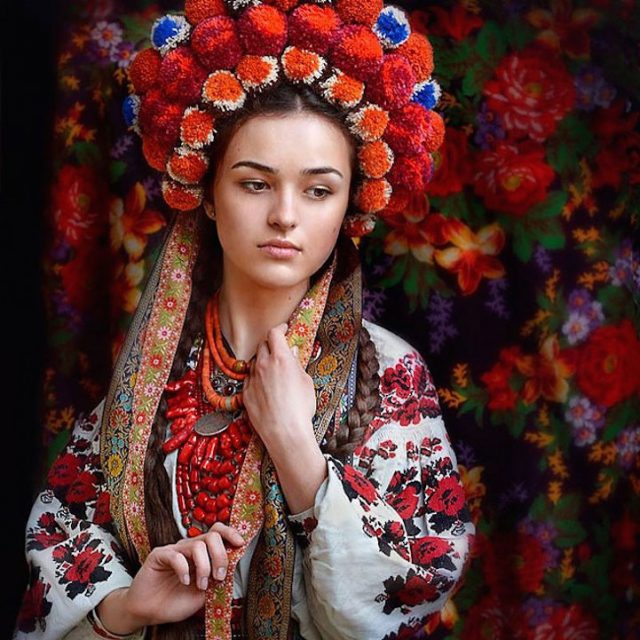
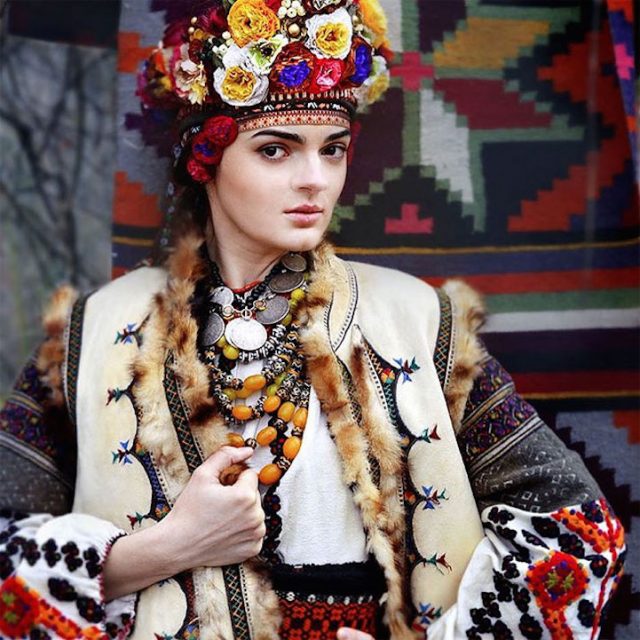
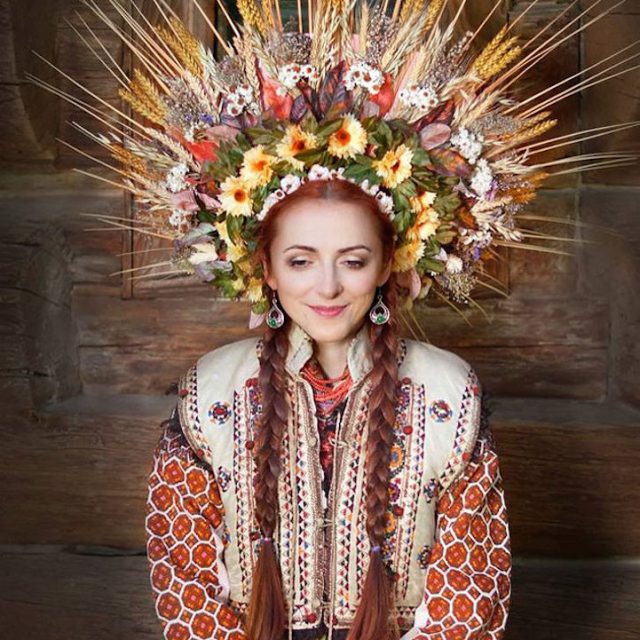
One of the additions to the list is the vinok, a traditional and amazingly crafted flower crown. Vinoks were a part of Ukrainian culture for centuries before being banned under communism, along with many other diverse national traditions. The traditional symbolism was worn only by bold individuals who wanted to openly defy the dominant system. The use of vinoks and similar items was closely monitored all throughout Soviet rule, but especially in the 70s and 80s.
Now Ukrainians have begun to turn back towards what is thought to be traditionally theirs. The positive feelings towards this symbolism have spread very fast. Nowadays, vinoks are sold all throughout the country — you can even buy one at a metro-station kiosk. These disposable vinoks are made of fake roses and daffodils and spiced up with colorful ribbons.
Notwithstanding their more than pleasing hippy-like aesthetic, for Ukrainians, the vinok is so much more than an accessory. The intricate flower wreaths were used to signify the status of females in society. Young girls would decorate their hair with flowers and ribbons making a simple head band. In summer and spring, they would use fresh flowers, and in winter they crafted fake ones from paper and cloth.
When the girls reached maturity and were ready for courtship the wreaths would become ever more detailed and intricate. Specific flowers and designs would differentiate girls that are to be approached with wedding offers and those who are yet to come of age. Alexandre Mihailovic, a specialist in Slavic Literature explained for Vogue, “The latter practice in Ukraine of wearing the wreath is meant to signal the purity of a young woman before marriage.”
At a wedding, female friends of the bride would weave the most beautiful flowery headpieces they had ever worn. Incredibly, they managed to weave the whole piece in only one day. As Mihailovic shared, “In both Ukraine and Russia, both spouses-to-be would wear crowns during the wedding ceremony, apparently continuing an ancient tradition from Byzantium.” However, the Ukrainian case is different as in Russia unmarried girls did not wear headpieces.
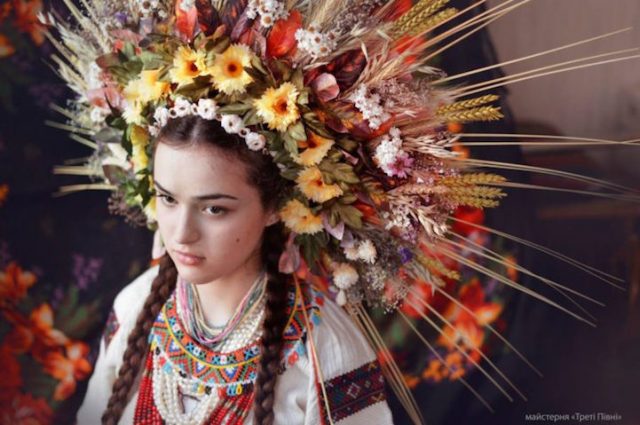
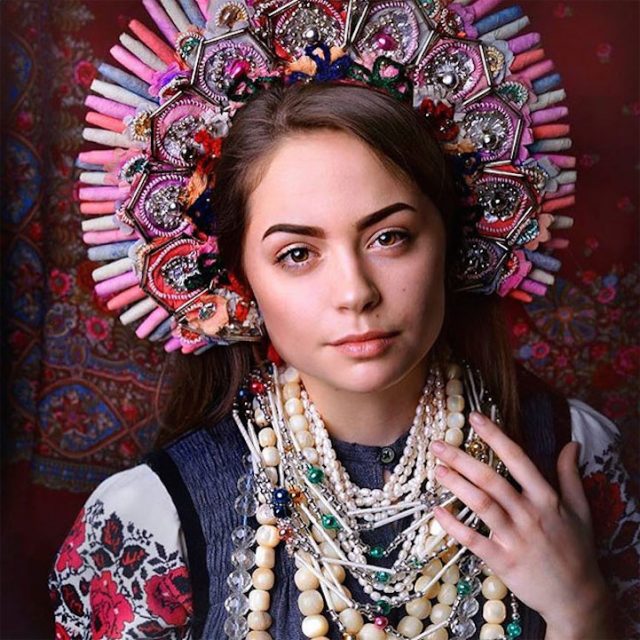
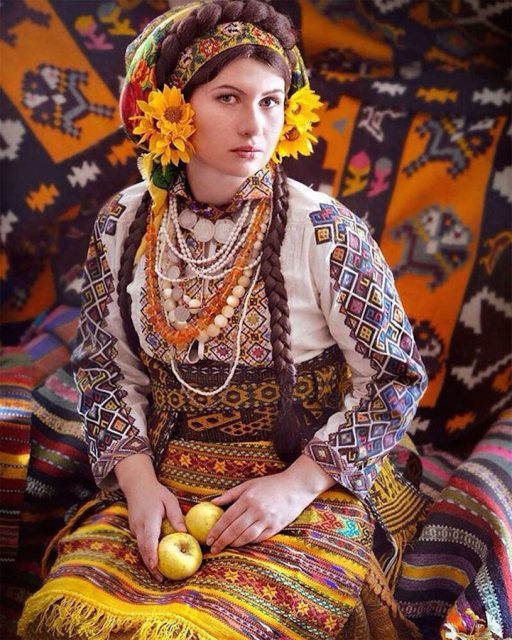
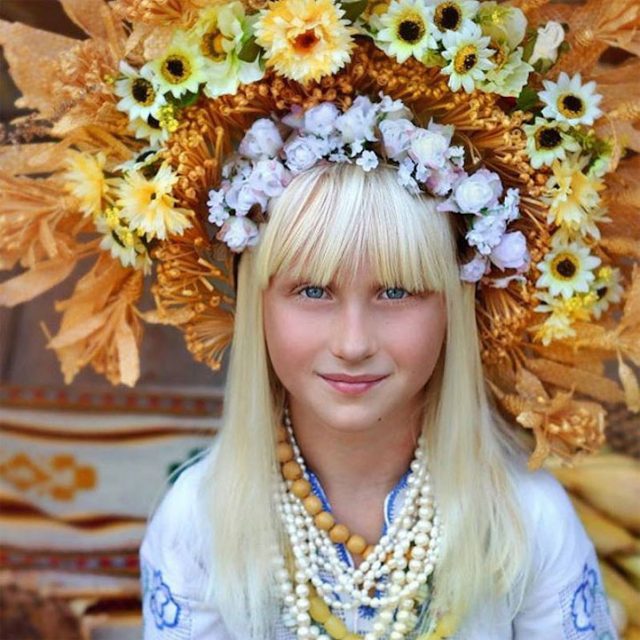
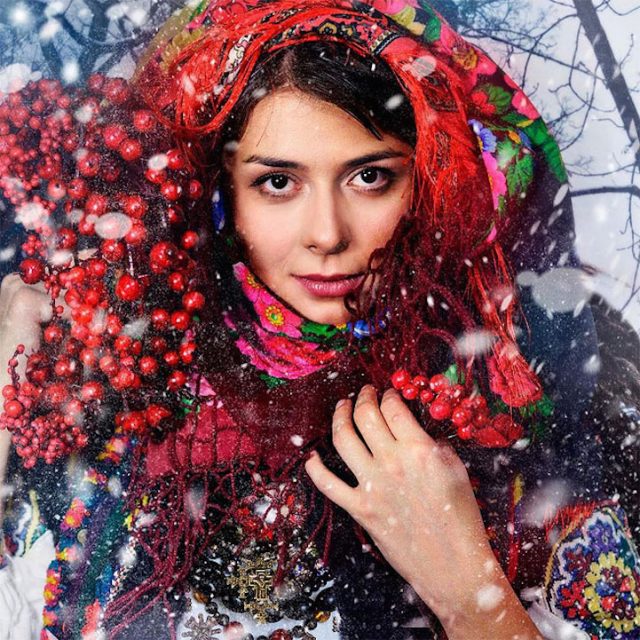
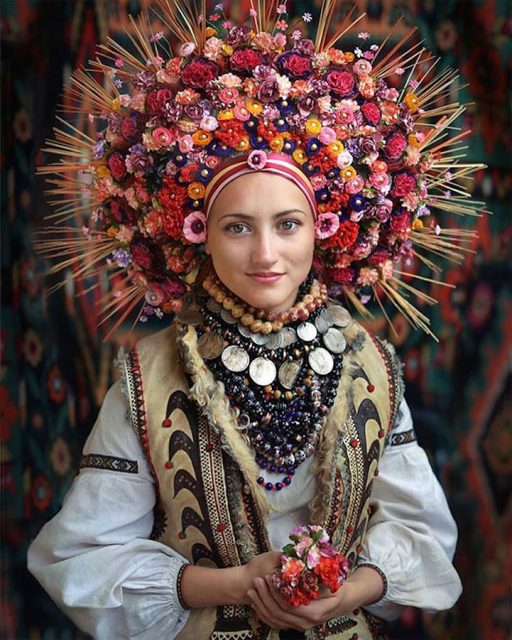
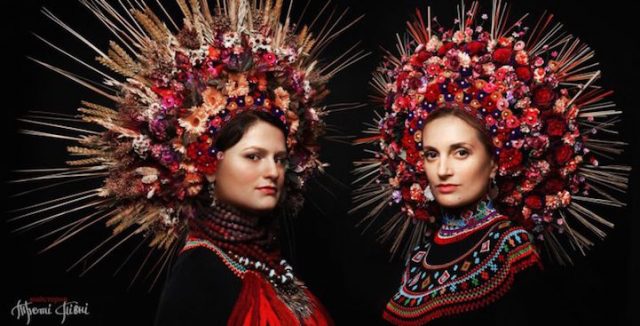
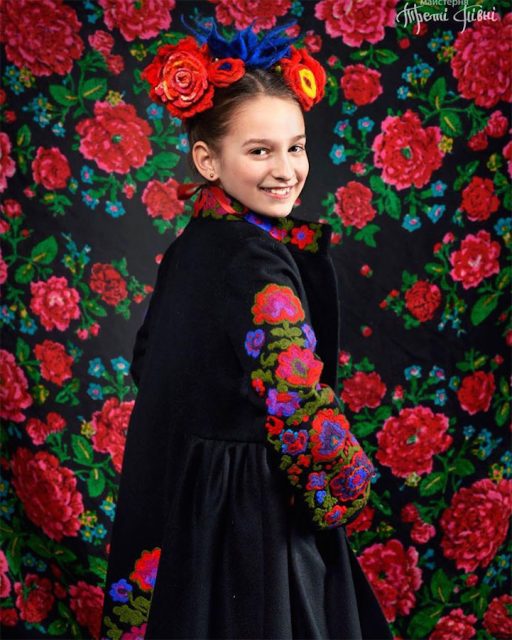
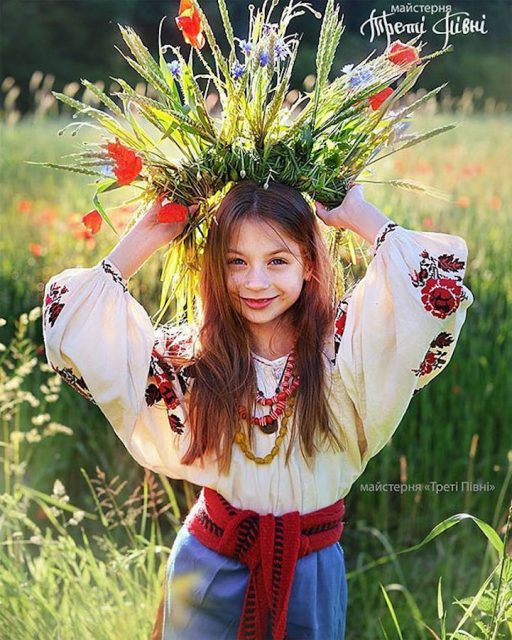
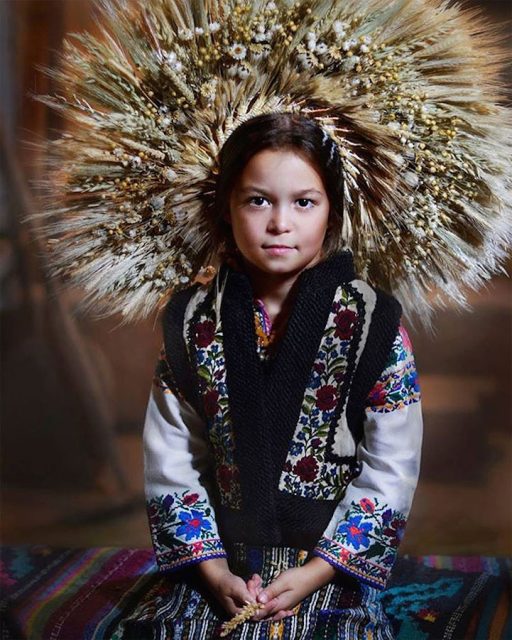
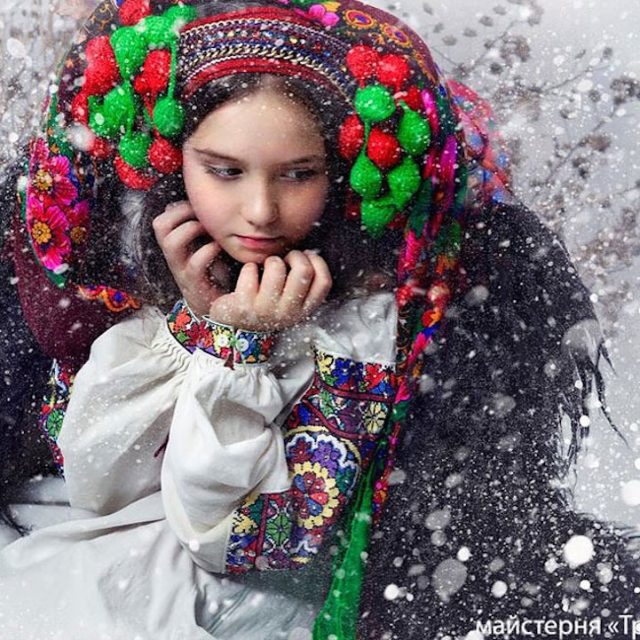
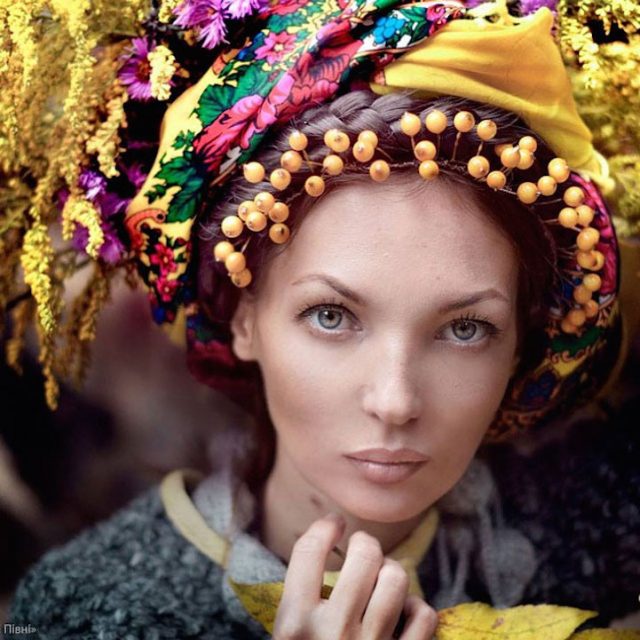
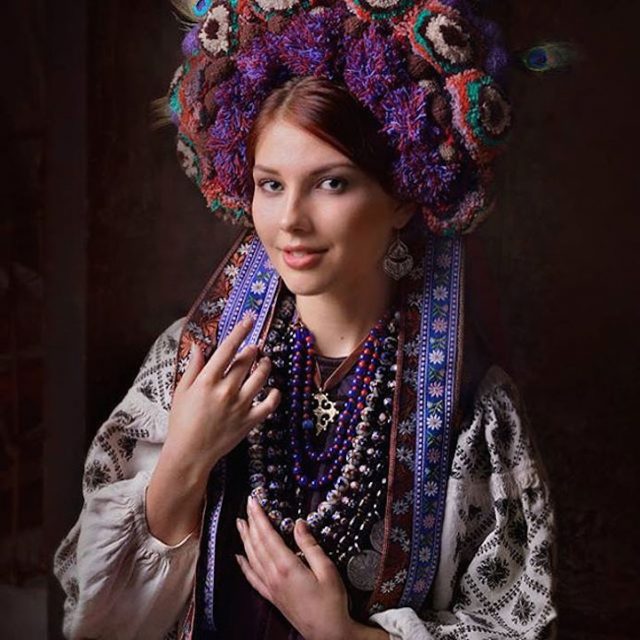
After being banned for such a long time, modern girls are returning to their roots. The original practice of crafting and wearing the vinok is making a comeback, together with reviving the tradition of embroidery. It is a way for Ukrainians to reconnect with their ancient culture and celebrate their traditional heritage.
Read another story from us: The Mysteries and Meanings Behind 6 Fascinating Sculptures
Inspired by this surge of interest a group of Ukrainian stylists and photographers set out to recreate vinoks from different parts of the country. They built a presence on social media where they showcase beautiful portraits of women of various ages wearing their miraculous creations. Their goal is to celebrate their culture and showcase it to the world.
